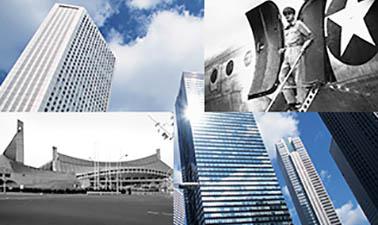- Level Foundation
- Course by The University of Tokyo
- Total students 2,928 enrolled
-
Offered by

About
Tokyo emerged out of the ruins of war to become a large city of 10 million people in only a quarter of a century. During this process of change, the capital of a military empire that once invaded East Asia experienced occupation by the U.S. armed forces, hosted the Olympic Games, and transformed into a consumer hub where young people could enjoy economic "wealth." It is important to know that this process was recorded in countless photographs, documentary films, TV programs, and so on. We will retrieve many of these archived pictures and videos and analyze what happened in postwar Tokyo from different perspectives. In Part 1, you will look at the changes that occurred in postwar Tokyo over a quarter of a century from four different perspectives: 1) occupation and Americanism; 2) imperial gaze and royal wedding; 3) The Olympic city; and 4) economic-cultural clash in Shinjuku. This examination of urban history will provide you with the insights necessary when considering changes in other large cities in Asia, such as Seoul, Beijing, and Bangkok, at the end of the twentieth century.
What you will learn
- Noteworthy factors which promoted the development and change of Tokyo in the postwar period
- The impact of the U.S. occupation on the people and city of Tokyo
- The change of “gazing” relationship between the emperor and people in Japan
- The impact of Tokyo Olympic Games on the landscape of Tokyo
- How Shinjuku achieved its development in the 1960s and the factors which led to its economic-cultural clash
Skills you learn
Auto Summary
Explore the transformation of postwar Tokyo in "Visualizing Postwar Tokyo, Part 1," a foundational course in Personal Development. Led by edX, this course delves into Tokyo's evolution from war devastation to a bustling metropolis through archived photos and videos. Analyze key themes like U.S. occupation, imperial events, the Olympics, and cultural shifts in Shinjuku. Ideal for learners interested in urban history and Asian city developments, the course offers professional subscription options.

Shunya Yoshimi


